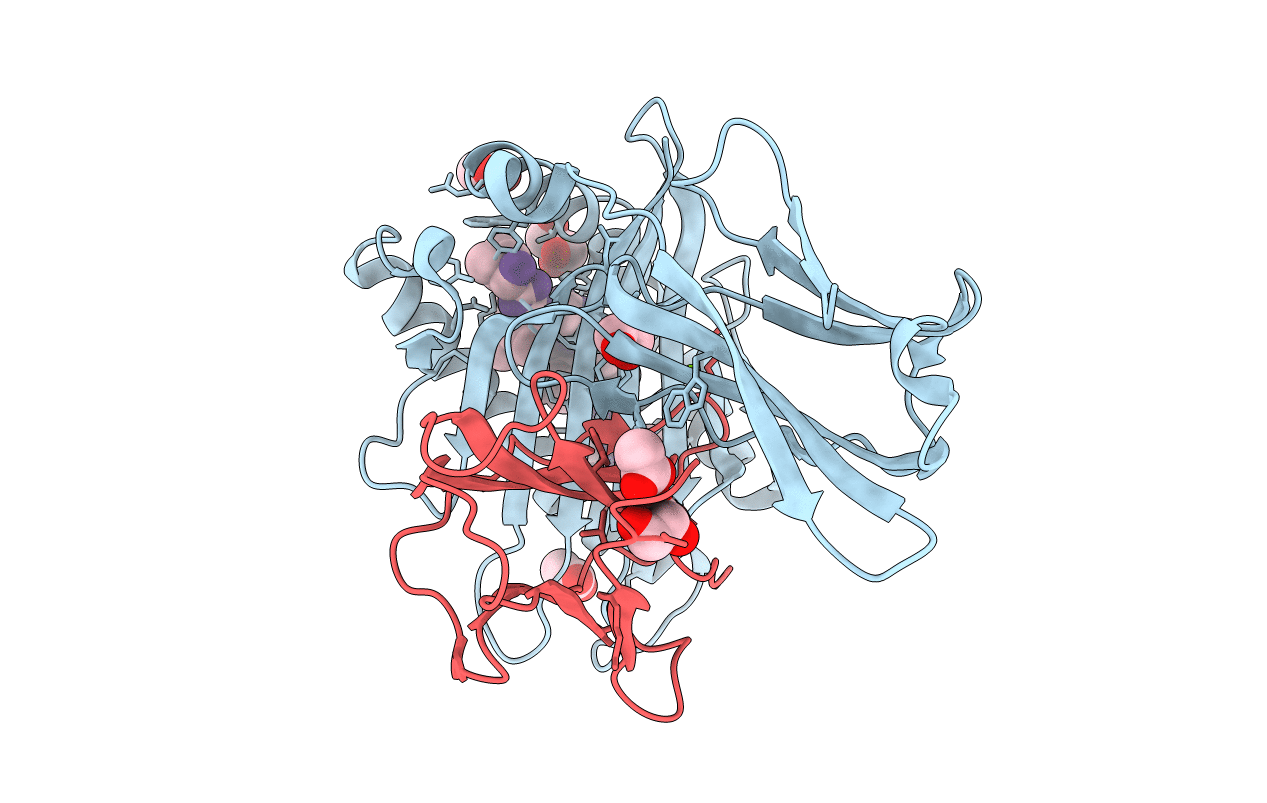
Deposition Date
2019-04-24
Release Date
2019-09-04
Last Version Date
2024-11-13
Method Details:
Experimental Method:
Resolution:
1.79 Å
R-Value Free:
0.20
R-Value Work:
0.16
R-Value Observed:
0.16
Space Group:
P 21 21 21


